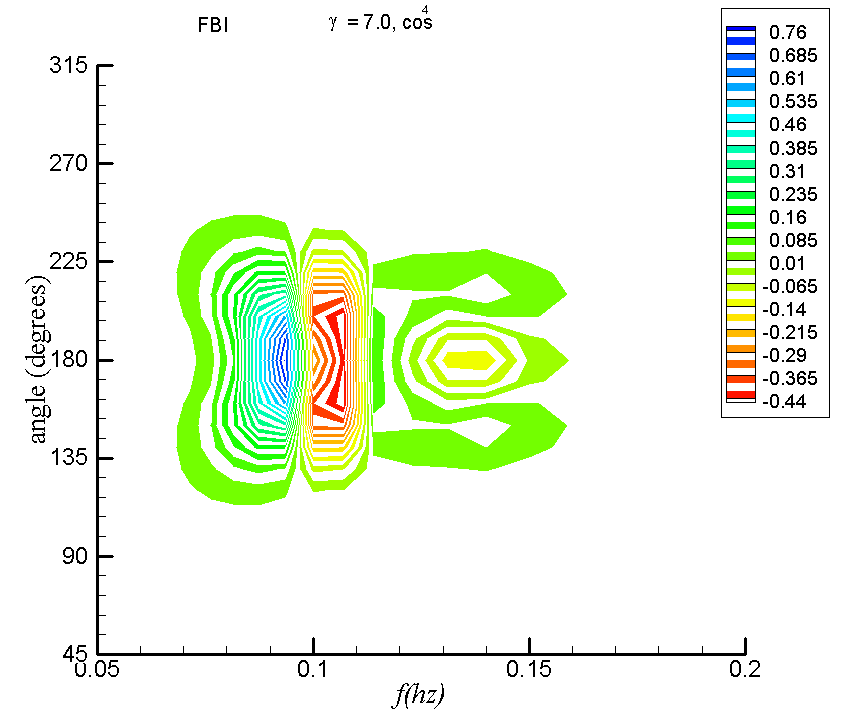
On December 26, 2004,Īn undersea earthquake triggered a huge tsunami in the Indian Ocean that caused tremendous devastation. Underwater, such as an earthquake, volcanic eruptions and other underwater explosion or landslide. Map of the Antarctic (South Pole) produced from scatterometer measurementsĪ tsunami is a wave for which the generating force is the rapid displacement of a significant mass Map of the Arctic (North Pole) produced from scatterometer measurements Of these surfaces can vary substantially, so radar observations have proven invaluable in mapping and measuring theseįigures 2a and 2b are images of the Arctic and Antarctica, respectively, that were made by the Remote Sensingįigure 2a. Snow and ice (and different types of snow and ice) look very similar when viewed at optical frequencies.

These data are particularly valuable because Scatterometer measurements have also been used successfully to map the sea ice in the Earth’s polar regions,Īnd have been a valuable tool in tracking recent changes to these areas. Surface winds during Hurricane Ivan estimated from QuikScat scatterometer measurements. The streamlines show wind direction,įigure 1. Figure 1 shows anĮxample of scatterometer-derived wind estimates obtained during Hurricane Ivan in 2004. Lesson 1 ("Observing the Oceans from Space") was produced using data acquired by the QuikScat scatterometer, based on this principle. Used to infer wind speed and direction at the sea surface for a particular location. Measurements of the distribution and alignment (also known as two-dimensional wave spectrum) of short, wind waves can be Gravity waves) are responsive to local wind conditions, and respond nearly instantly to wind forcing. Short surface waves (capillary waves, gravity-capillary waves and Occurs between the radar waves and the ocean waves.

Scatterometers are most sensitive to short (millimeter – centimeter scale) waves due to a resonance phenomenon that The surface roughness varies as a function of wind speed and direction, these instruments can be used to estimate the wind. Both SARĪnd scatterometers measure surface roughness, and so do not provide a direct measurement of the surface wind, but because Gravity waves, capillary waves, and gravity-capillary waves (intermediate in scale between gravity and capillary waves)Ĭan be readily observed in remotely sensed imagery of the sea surface, particularly in Synthetic Aperture Radar (or SAR) and scatterometer data. Of capillary waves is typically less than about a centimeter (from ). Nature and the home and are often referred to as The interface between two fluids, whose dynamics are dominated by the effects of Periodic displacements of the sea surface, though nominally tsunamis are also gravity waves.Ī capillary wave is a wave travelling along The term ‘gravity wave’ is typically applied to wind-generated, Seeks to restore the ocean surface to a level surface (‘restoring force’).Ī gravity wave is a wave traveling along the interface between two fluids, whose dynamics areĭominated by the effects of gravity. Ocean waves are classified based on the force that generated the wave and/or to the force that

Wave steepness – wave height divided by wavelength.Phase speed – wavelength times frequency.Radian frequency – two pi times wave frequency.Wave frequency – the number of waves passing a specific point per unit of time.Wave number – two pi divided by wavelength.Wavelength – the horizontal distance between successive wave crests or troughs.Wave amplitude – vertical distance between highest or lowest point of a wave and a horizontal reference level, such as the unperturbed sea surface.Wave height – vertical distance from highest point of crest to lowest point of wave trough.Ocean wave characteristics and definitions: Waves of electromagnetic radiation do not require a medium, but can propagate in a vacuum. A wave is a disturbance that propagates through a medium, such as space, or along an interface between two media.


 0 kommentar(er)
0 kommentar(er)
